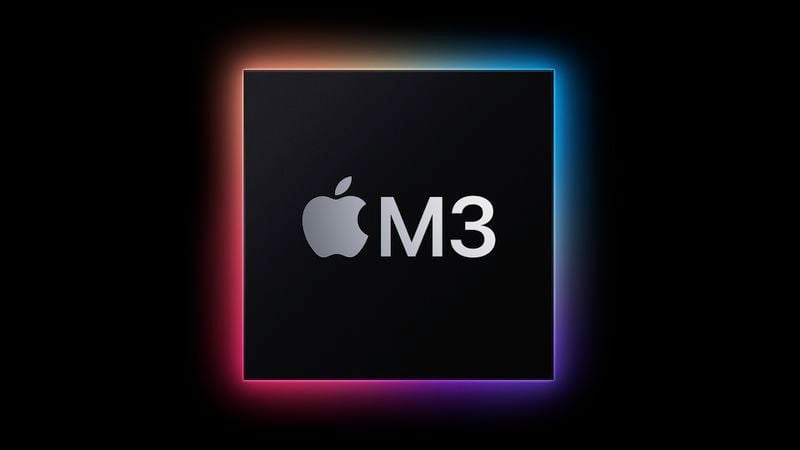In an era marked by technological advancement and digital transformation, India is poised to take a significant leap forward by establishing its semiconductor ecosystem. As the nation embarks on this journey, the Assembly, Testing, Marking, and Packaging (ATMP) segment will take center stage, serving as a pivotal catalyst for achieving self-sufficiency and excellence in chip manufacturing. While ATMP plants may not be full-scale fabrication units, they hold the key to India's technological ambitions and the roadmap to fab success.
ATMP: A Pragmatic Starting Point
ATMP plants have emerged as a pragmatic starting point for India's semiconductor aspirations. Unlike full-scale fabrication facilities that demand substantial investments, time, and technological expertise, ATMP units offer a more manageable and feasible entry point. TR Shashwath, co-founder of Mindgrove Tech, underscores the significance of this approach, stating that ATMP plants represent a crucial stepping stone before the establishment of fabrication plants (fabs).
ATMP's Role in Semiconductor Production
ATMP plants focus on the later stages of semiconductor production, encompassing assembly, testing, marking, and packaging of integrated circuits. While they don't involve the intricate process of creating semiconductor wafers, these stages are essential in transforming semiconductor components into fully functional devices ready for integration into electronic products.
By initiating domestic ATMP processes, India can significantly reduce its reliance on global supply chains. This move ensures a consistent and secure supply of vital semiconductor components, a resilience that proves invaluable during times of global disruptions, such as the recent chip shortage during the peak of the pandemic.
Nurturing an Ecosystem of Innovation
ATMP plants are not just about addressing immediate supply chain challenges; they also foster an ecosystem of innovation. These plants serve as platforms for collaboration among local players, research institutions, and technology companies. This collaborative environment promotes knowledge sharing, skill development, and the creation of indigenous technologies. Such efforts have the potential to lead to breakthroughs in semiconductor manufacturing, paving the way for India to become a global leader in the industry.
Foundation for Holistic Ecosystem
ATMP plants lay the foundation for a holistic semiconductor ecosystem in India. As these facilities evolve and mature, they become stepping stones towards establishing full-fledged fabs. The knowledge, expertise, and infrastructure gained from ATMP operations can significantly ease the transition to more complex semiconductor manufacturing processes in the future.
ATMP's Impact on Start-ups and Investments
The presence of ATMP plants not only attracts investments from global semiconductor companies but also nurtures indigenous start-ups in the semiconductor domain. The supportive ecosystem created by these plants encourages start-ups to develop innovative solutions and products for both domestic and international markets. This symbiotic relationship between ATMP plants and start-ups contributes to India's journey toward semiconductor self-sufficiency.
Conclusion
The ATMP route presents a strategic approach for India to carve its path in the semiconductor landscape. By focusing on assembly, testing, marking, and packaging, the nation can overcome supply chain vulnerabilities and propel its chip manufacturing ambitions. While ATMP plants are the initial step, they hold the promise of a robust and innovative semiconductor ecosystem. Through collaboration, investment, and a commitment to innovation, India is poised to achieve fab success and emerge as a global leader in semiconductor manufacturing.











